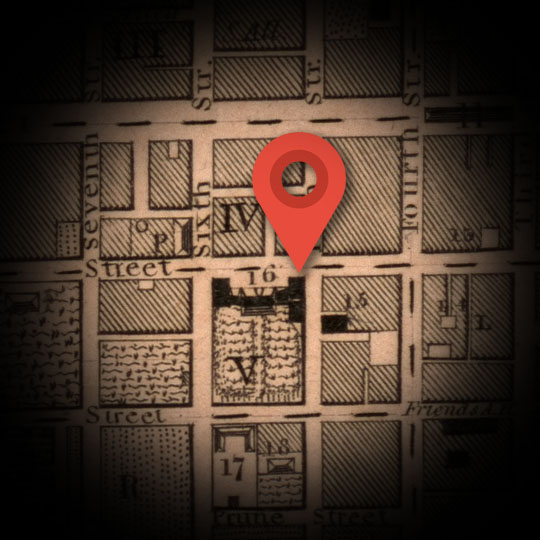SUPREME COURT
Explore
Between his reputation as a war hero, a polemicist, an essayist, a politician, a political theorist, a central banker, and an economist, it’s easy to let get lost in the shuffle that Alexander Hamilton was a lawyer.
Over the course of his lifetime, probably no endeavor had a greater bearing on his income than practicing law.
Hamilton began this part of his career in 1782 and sustained it with varying degrees of success and intensity until the end of his life—with a hiatus thrown in for his terms as Secretary of the Treasury in 1789-1795, and his brief elevation to Major General during the Quasi War with France between 1798-1799.
When it was planned for Philadelphia to host the federal government, the Supreme Court—like the House, Senate, and Executive offices—was in search of a venue.
Philadelphia then had a new City Hall under construction: a two-story brick building flanking Independence Hall. It was decided the Supreme Court could use that space.
The venue was not ready for prime time, however, and the Supreme Court’s entire first session had to be heard in the state supreme court’s chamber, over at Independence Hall.
With the landmark case Marbury v. Madison still years in the future, the high court did not yet have the express power to interpret the Constitution. SCOTUS therefore saw few cases in its early years—and did not enjoy the high regard it would come to have in the future.
Alexander Hamilton—who at this point had left Philadelphia and was living on Manhattan’s Wall Street with his wife and children—returned to town to argue an important case before the Supreme Court. This was Hylton v. United States, a controversy over whether or not Congress had the power to lay a federal tax on carriages.
In February 1796, Hamilton presented the government’s side, which prevailed. Hylton v. United States set a precedent that taxes on personal property were not what the Constitution then referred to as “direct taxes,” that lasted until 1895.

TIME FRAME:
1790-1796
